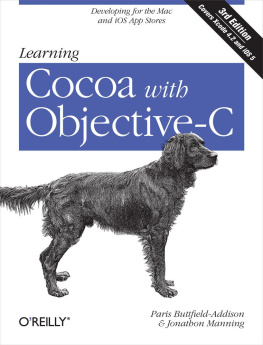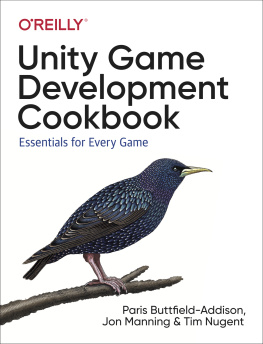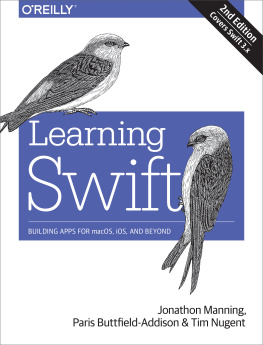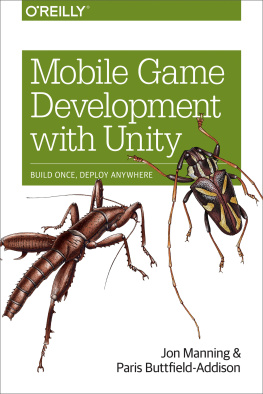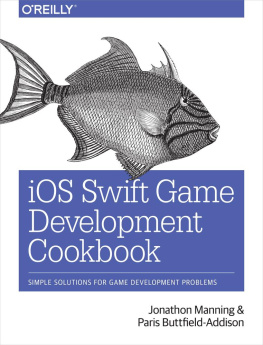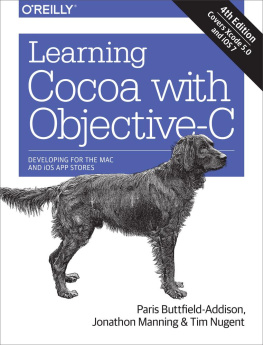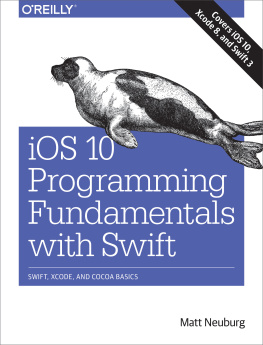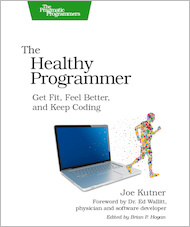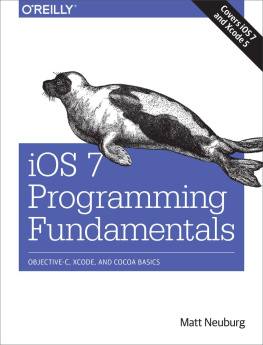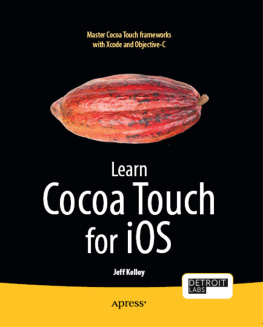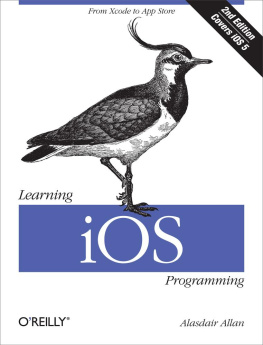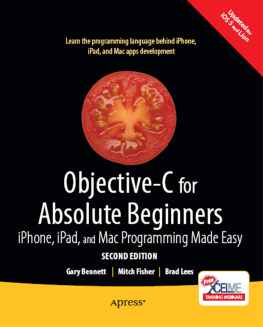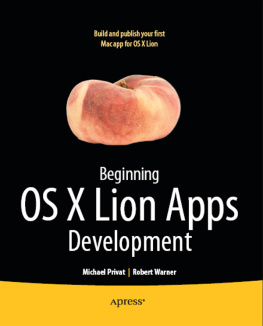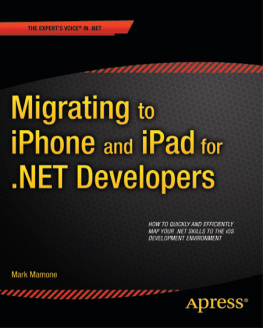Buttfield-Addison Paris - Learning Cocoa with Objective-C: Developing for the Mac and iOS App Stores
Here you can read online Buttfield-Addison Paris - Learning Cocoa with Objective-C: Developing for the Mac and iOS App Stores full text of the book (entire story) in english for free. Download pdf and epub, get meaning, cover and reviews about this ebook. year: 2013, publisher: OReilly Media, genre: Computer. Description of the work, (preface) as well as reviews are available. Best literature library LitArk.com created for fans of good reading and offers a wide selection of genres:
Romance novel
Science fiction
Adventure
Detective
Science
History
Home and family
Prose
Art
Politics
Computer
Non-fiction
Religion
Business
Children
Humor
Choose a favorite category and find really read worthwhile books. Enjoy immersion in the world of imagination, feel the emotions of the characters or learn something new for yourself, make an fascinating discovery.
- Book:Learning Cocoa with Objective-C: Developing for the Mac and iOS App Stores
- Author:
- Publisher:OReilly Media
- Genre:
- Year:2013
- Rating:3 / 5
- Favourites:Add to favourites
- Your mark:
Learning Cocoa with Objective-C: Developing for the Mac and iOS App Stores: summary, description and annotation
We offer to read an annotation, description, summary or preface (depends on what the author of the book "Learning Cocoa with Objective-C: Developing for the Mac and iOS App Stores" wrote himself). If you haven't found the necessary information about the book — write in the comments, we will try to find it.
Youll learn how to work with the Xcode IDE, Objective-Cs Foundation library, and other developer tools such as Event Kit framework and Core Animation. Along the way, youll build example projects, including a simple Objective-C application, a custom view, a simple video player application, and an app that displays calendar events for the user.
Learn the application life cycle on OS X and iOS
Work with the user-interface system in Cocoa and Cocoa Touch
Use AV Foundation to display video and audio
Build apps that let users create, edit, and work with documents
Store data locally with the file system, or on the network with iCloud
Display lists or collections of data with table views and collection views
Interact with the outside world with Core Location and Core Motion
Use blocks and operation queues for multiprocessing
Buttfield-Addison Paris: author's other books
Who wrote Learning Cocoa with Objective-C: Developing for the Mac and iOS App Stores? Find out the surname, the name of the author of the book and a list of all author's works by series.

